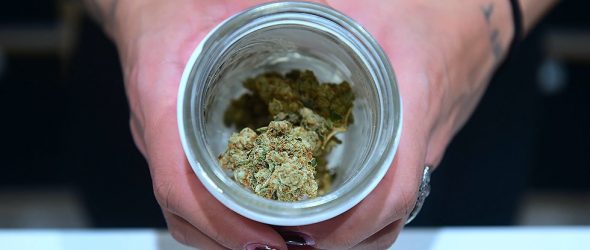Decriminalization and legalization are two distinct policies. Both are preferable to outright prohibition, but based on the evidence to date, one of these policies clearly emerges as superior to the other. That policy is legalization. Here’s why.
While marijuana decriminalization holds many advantages over a policy of strict criminal prohibition, it does little to either address or sufficiently mitigates many of the systemic problems caused by the plant’s decades-long criminalization.
Specifically, decriminalization traditionally applies to activities specific to personal possession only, and often time these policies are only applicable to first-time offenders. Decriminalization does nothing to address activities that are commonly viewed as either ‘for-profit’ or commercial in nature, such as engaging in cannabis cultivation or sales— behaviors that continue to remain criminalized under the policy. In short, while decriminalization provides some relief to the individual cannabis user, it woefully fails to either address or acknowledge the commercial market that exists to provide cannabis to the tens of millions of Americans who regularly consume it.
As a result, unlike legalization, this policy does nothing to reduce the size or nature of the illicit cannabis market, nor does it bring any needed controls to this market. For example, decriminalization provides no opportunities for regulators to either impose or enforce age-controls regarding who can possess marijuana or where it may be legally (and safely) obtained. It provides state regulators with no mechanism to either license or oversee marijuana production or sales, or to provide or enforce standards with regard to product testing, labeling, and packaging. It allows no opportunity for regulators to provide oversight or to impose guidelines with regard to the purity and potency of the marijuana products available in the marketplace. And it provides no ability for state or local governments to tax commercial and retail cannabis transactions and to reinvest these dollars back into the community. Rather, it leaves the criminal marketplace as is — dominated by criminal entrepreneurs rather than by licensed businesses.


